Scorching Secrets: 7 Must-Know Scotch Bonnet Seasoning Tips That Will Set Your Kitchen on Fire!
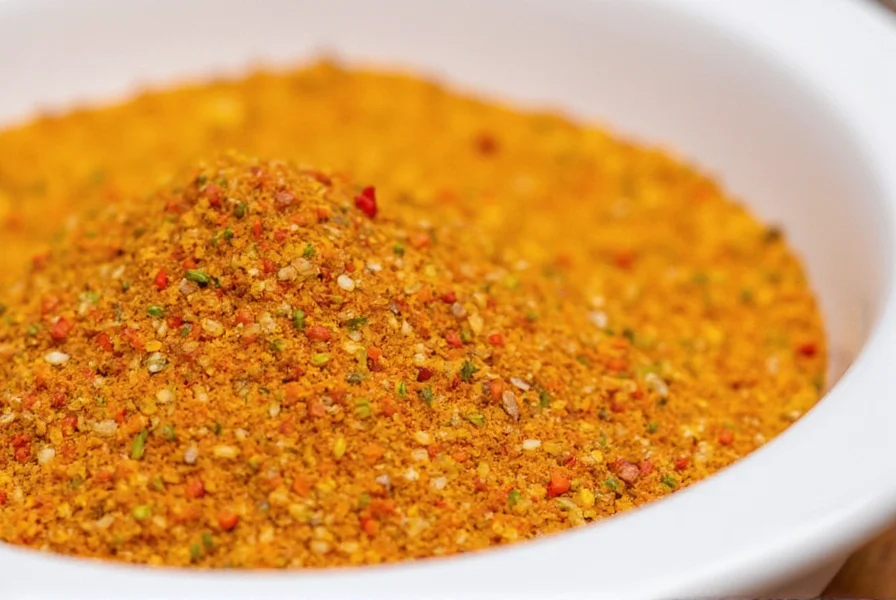
Table of Contents
- Introduction to the Inferno: What Makes Scotch Bonnet Special?
- Why Scotch Bonnet is the Crown Jewel of Global Spice Traditions
- 7 Sizzling Scotch Bonnet Seasoning Tips You Need to Try
- Buying Guide: How to Choose the Best Scotch Bonnet Products
- Creative Ways to Use Scotch Bonnet Seasoning Across Cuisines
- Handling Heat with Care: Safety Tips for Using Scotch Bonnet
- Conclusion: Let the Heat Speak for Itself
Introduction to the Inferno: What Makes Scotch Bonnet Special?
The Scotch bonnet pepper, with its fiery personality and unmistakable fruity undertone, has long been a staple in Caribbean cuisine. Named for its resemblance to the traditional Scottish tam o’ shanter hat, this pepper isn’t just about heat — it’s a flavor bomb that brings depth, warmth, and a touch of sweetness to any dish.
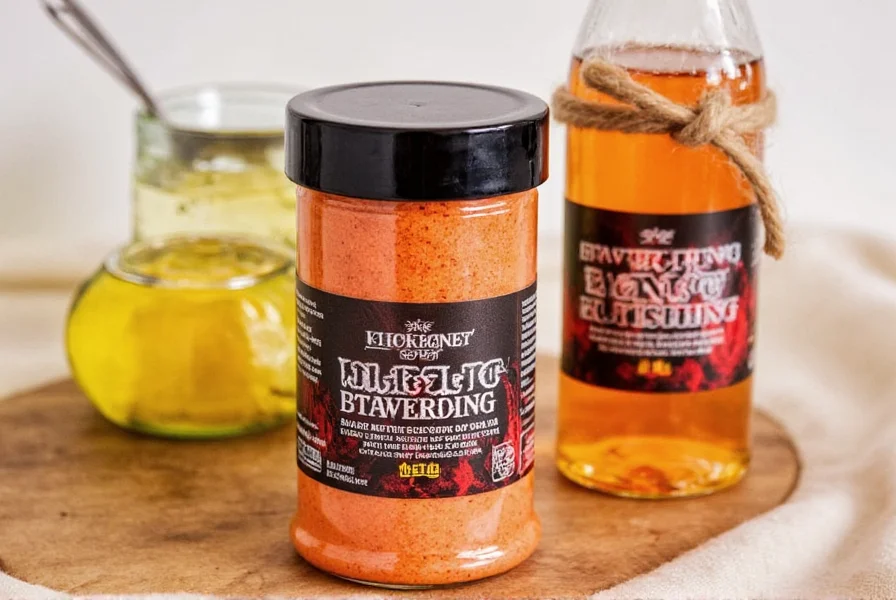
Native to the West Indies and parts of South America, Scotch bonnet is often used fresh, dried, or in prepared seasonings. Whether you're grilling jerk chicken, simmering a spicy stew, or crafting a homemade hot sauce, incorporating Scotch bonnet seasoning can elevate your cooking from basic to bold.
Why Scotch Bonnet is the Crown Jewel of Global Spice Traditions
In many ways, Scotch bonnet is more than just a chili pepper — it's a cultural icon. From Jamaican jerk to Trinidadian curry goat, this pepper defines the spice profile of countless regional dishes. Compared to other popular chilies like habanero or jalapeño, Scotch bonnet stands out not only in heat level (typically ranging between 100,000–350,000 Scoville units) but also in flavor complexity.
| Pepper Type | Heat Level (SHU) | Flavor Notes |
|---|---|---|
| Scotch Bonnet | 100,000 - 350,000 | Fruity, smoky, sweet |
| Habanero | 100,000 - 350,000 | Fruity, floral, earthy |
| Jalapeño | 2,500 - 8,000 | Grassy, mild |
| Cayenne | 30,000 - 50,000 | Earthy, sharp |
As seen in the comparison above, Scotch bonnet shares similar heat levels with habanero but tends to have a richer, sweeter flavor profile. This makes it ideal for dishes where both spiciness and complexity are desired.
7 Sizzling Scotch Bonnet Seasoning Tips You Need to Try
Ready to turn up the heat? Here are 7 practical tips to help you make the most of your Scotch bonnet seasoning adventures:
- Add it early: Like most spices, Scotch bonnet benefits from being added early in the cooking process. This allows its flavors to meld and infuse the dish thoroughly.
- Dry roast it first: For an intense, smoky kick, try dry roasting whole Scotch bonnet peppers before grinding them into powder or adding to marinades.
- Mix with citrus: The natural sweetness of Scotch bonnet pairs beautifully with citrus. A dash of lime juice or orange zest can balance the heat and brighten the overall flavor.
- Create a compound butter: Blend Scotch bonnet seasoning into softened butter for a quick-fire condiment that can elevate everything from grilled meats to corn on the cob.
- Make your own spice blend: Combine Scotch bonnet with allspice, thyme, garlic powder, and salt to create a custom Caribbean-style jerk seasoning.
- Infuse oils and vinegars: Infused oil or vinegar is a great way to preserve the flavor of Scotch bonnet and use it safely without the risk of overpowering your dishes.
- Store properly: To keep your Scotch bonnet seasoning potent and flavorful, store it in an airtight container away from light and moisture. Whole dried peppers can last up to a year when stored correctly.
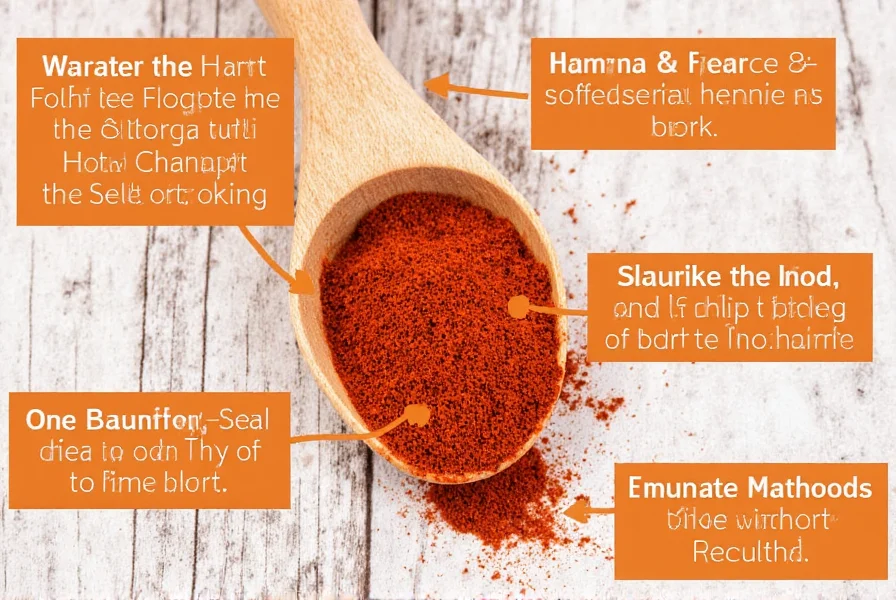
Buying Guide: How to Choose the Best Scotch Bonnet Products
When shopping for Scotch bonnet seasoning, quality matters. Here's a breakdown of what to look for and how to choose the best products for your kitchen:
| Product Type | Features | Advantages | Best For | Suitable Occasions |
|---|---|---|---|---|
| Fresh Peppers | Bright color, firm texture, minimal blemishes | Freshness, versatility in recipes | Home cooks, grilling enthusiasts | Weekend cooking, backyard parties |
| Dried Peppers | Deep red-orange color, brittle texture | Long shelf life, easy storage | Seasoned chefs, spice lovers | Stews, curries, slow-cooked meals |
| Ground Powder | Pungent aroma, deep orange-red hue | Instant heat, convenience | Cooks seeking intensity | Everyday meals, quick dinners |
| Pre-made Blends | Clear labeling, no artificial additives | Ready-to-use, consistent results | Beginners, busy professionals | Weeknight meals, meal prep |
| Hot Sauces | Thick consistency, balanced flavor | Customizable heat, versatile use | Hot sauce fans, adventurous eaters | Dips, drizzles, condiments |
- Check for authenticity: Make sure the product actually contains Scotch bonnet and not just generic chili powder labeled as such.
- Avoid fillers: Look for products that don't include unnecessary starches or preservatives.
- Read reviews: Online reviews can offer insights into flavor strength, usability, and customer satisfaction.
- Opt for organic: Organic options ensure no synthetic pesticides or chemicals were used during production.
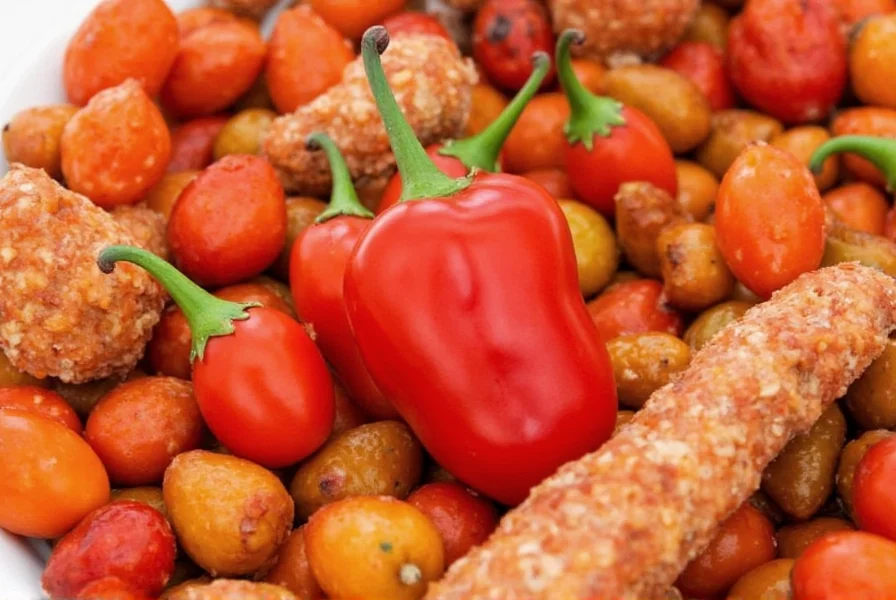
Creative Ways to Use Scotch Bonnet Seasoning Across Cuisines
Though Scotch bonnet is deeply rooted in Caribbean culture, its versatility makes it a perfect fit for global cuisines. Here’s how to bring that fiery flair to various culinary traditions:
- Caribbean Jerk Chicken: Mix ground Scotch bonnet with thyme, allspice, onion, and garlic for a classic marinade.
- Mexican-Inspired Tacos: Add a pinch of Scotch bonnet powder to taco meat for a surprising tropical twist.
- African Groundnut Soup: Use Scotch bonnet-infused oil to give the soup a spicy, aromatic base.
- Asian Stir-Fries: Substitute standard chili paste with Scotch bonnet in stir-fry sauces for a unique, fruity kick.
- Mediterranean Dips: Stir a bit of Scotch bonnet powder into hummus or tzatziki for a bold flavor punch.
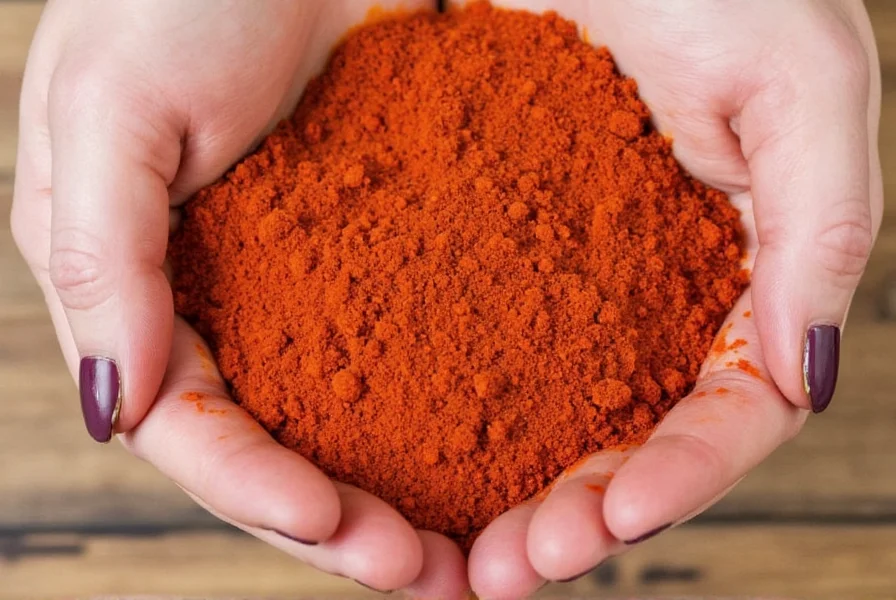
Handling Heat with Care: Safety Tips for Using Scotch Bonnet
While Scotch bonnet adds incredible flavor, it’s important to handle it responsibly. Its high capsaicin content can cause irritation if not handled with care. Here’s how to protect yourself while working with this powerful pepper:
- Wear gloves: Capsaicin can stick to skin and cause burning sensations. Disposable gloves are a must.
- Avoid touching eyes or face: Even after washing your hands, residual capsaicin can linger and cause discomfort.
- Use ventilation: Work near a fan or open window when chopping or roasting peppers to avoid inhaling irritating fumes.
- Rinse under water immediately: If you accidentally get Scotch bonnet juice on your skin, rinse thoroughly with cool water (milk or yogurt can also help neutralize the burn).
- Know your limits: Start with small amounts and adjust to taste — remember, you can always add more, but you can’t take it away once it’s mixed in!
Conclusion: Let the Heat Speak for Itself
Scotch bonnet seasoning isn’t just about making things spicy — it’s about enhancing flavor, evoking tradition, and creating unforgettable dishes. Whether you're a seasoned pro or a curious foodie, this versatile ingredient deserves a permanent spot in your pantry.
From Caribbean stews to fusion-inspired creations, there's no shortage of ways to explore the dynamic world of Scotch bonnet. With the right tools, knowledge, and a little courage, you’ll soon find yourself reaching for that fiery seasoning every time you cook.
So go ahead — embrace the burn. Your taste buds will thank you.

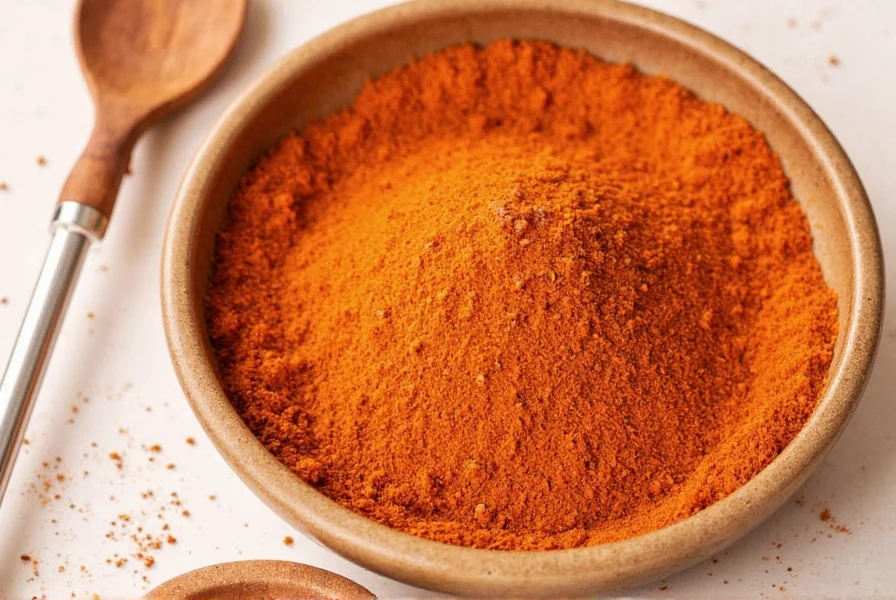









 浙公网安备
33010002000092号
浙公网安备
33010002000092号 浙B2-20120091-4
浙B2-20120091-4